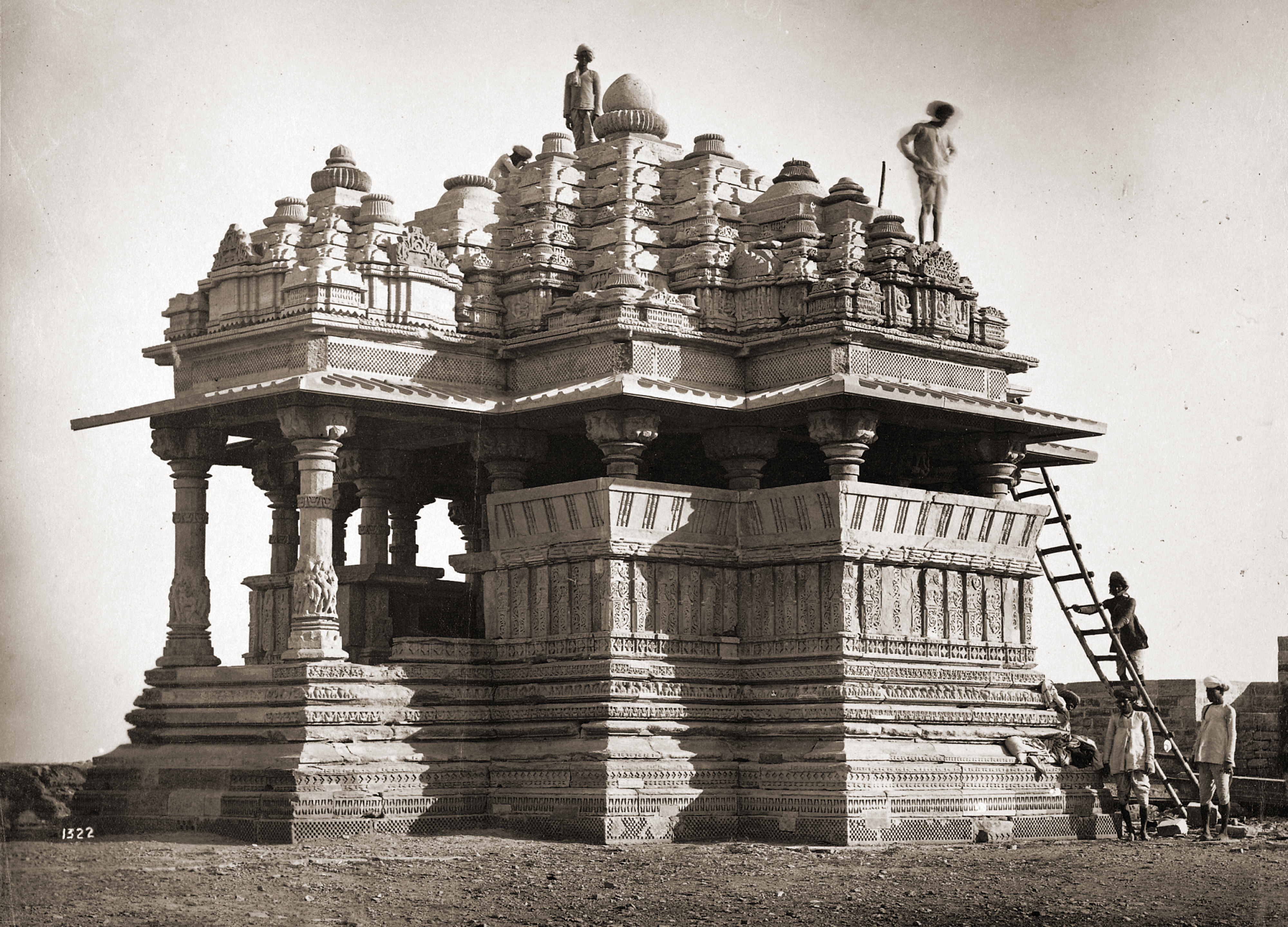Photography In India on:
[Wikipedia]
[Google]
[Amazon]
 Photography in India refers to both historical as well as to
Photography in India refers to both historical as well as to
 Photography was introduced in India by the British in the early 19th century. Notable photographers such as
Photography was introduced in India by the British in the early 19th century. Notable photographers such as 
History of Photography in India
 Photography in India refers to both historical as well as to
Photography in India refers to both historical as well as to contemporary
Contemporary history, in English-language historiography, is a subset of modern history that describes the historical period from approximately 1945 to the present. Contemporary history is either a subset of the late modern period, or it is o ...
photographs
A photograph (also known as a photo, image, or picture) is an image created by light falling on a photosensitive surface, usually photographic film or an electronic image sensor, such as a CCD or a CMOS chip. Most photographs are now created ...
taken in modern-day India.
Photography was introduced in India by the British in the early 19th century. The earliest photographers were patronized by the British government and the rulers of the princely states
A princely state (also called native state or Indian state) was a nominally sovereign entity of the British Indian Empire that was not directly governed by the British, but rather by an Indian ruler under a form of indirect rule, subject to ...
.
Colonial period
Felice Beato
Felice Beato (1832 – 29 January 1909), also known as Felix Beato, was an Italian–British photographer. He was one of the first people to take photographs in East Asia and one of the first war photographers. He is noted for his genre works, ...
and Samuel Bourne
Samuel Bourne (30 October 1834 – 24 April 1912) was a British photographer known for his prolific seven years' work in India, from 1863 to 1870. Together with Charles Shepherd, he set up Bourne & Shepherd first in Shimla in 1863 and later i ...
spent several years in India, photographing Indian people and architecture. Beato covered the Indian Rebellion of 1857
The Indian Rebellion of 1857 was a major uprising in India in 1857–58 against the rule of the British East India Company, which functioned as a sovereign power on behalf of the British Crown. The rebellion began on 10 May 1857 in the fo ...
in various cities, and his work is a pioneering effort of war photography
War photography involves photographing armed conflict and its effects on people and places. Photographers who participate in this genre may find themselves placed in harm's way, and are sometimes killed trying to get their pictures out of the war ...
. Bourne set up Bourne & Shepherd
Bourne & Shepherd was an Indian photographic studio and one of the oldest established photographic businesses in the world.
in 1863, and extensively photographed thousands of images of the architecture and landscapes of India.
The British also conducted efforts to photograph the various castes and tribes of India, as a way of categorising the various people of India, with racist and Orientalist undertones. ''The People of India
''The People of India'' is a title that has been used for at least three books, all of which focussed primarily on ethnography.
''The People of India'' (1868–1875)
John Forbes Watson and John William Kaye compiled an eight-volume study ent ...
'' was a multi-volume study which contained hundreds of such images. The early photographers thus presented a highly exoticised view of India, intended to further the colonial agenda.
Lala Deen Dayal
Raja Lala Deen Dayal (; 1844–1905; also written as 'Din Dyal' and 'Diyal' in his early years), famously known as Raja Deen Dayal) was an Indian photographer. His career began in the mid-1870s as a commissioned photographer; eventually he set u ...
was one of the few native Indian photographers of the 19th century, and the most prolific. In the 1880s, he was appointed the court photographer to the Nizam of Hyderabad.
Photographers such as Kulwant Roy and Kanu Gandhi
Kanu Gandhi (1917 – 20 February 1986) was an Indian photographer. He was a grandnephew of Mahatma Gandhi who lived with him in several of his ashrams and was a member of his personal staff. He is best remembered as Gandhi's photographer, ...
also documented the events of the Indian Independence movement
The Indian independence movement was a series of historic events with the ultimate aim of ending British Raj, British rule in India. It lasted from 1857 to 1947.
The first nationalistic revolutionary movement for Indian independence emerged ...
.

Post-Independence
Homai Vyarawalla
Homai Vyarawalla (9 December 1913 – 15 January 2012), commonly known by her pseudonym Dalda 13, was India's first woman photojournalist. She began her career in 1938 working for the Bombay Chronicle, capturing images of daily life in the cit ...
was one of the notable Indian photojournalists of the 20th century.
In 2020, Dar Yasin
Dar Yasin is an Indian photographer and journalist. He was one of three photojournalists from Associated Press to win the Pulitzer Prize for Feature Photography in 2020 for his pictures of India's crackdown on Kashmir.
Early life and education
...
, Mukhtar Khan
Mukhtar Khan is an Indian photographer and journalist. He was one of three photojournalists from Associated Press to win the Pulitzer Prize for Feature Photography
The Pulitzer Prize for Feature Photography is one of the American Pulitzer Pri ...
and Channi Anand became the first Indian photographers to win the Pulitzer Prize for their coverage of the crackdown in Kashmir.
See also
* National Photography AwardsHistory of Photography in India
References
Further reading
* * * {{Asia topic, prefix=Photography in Photography in India